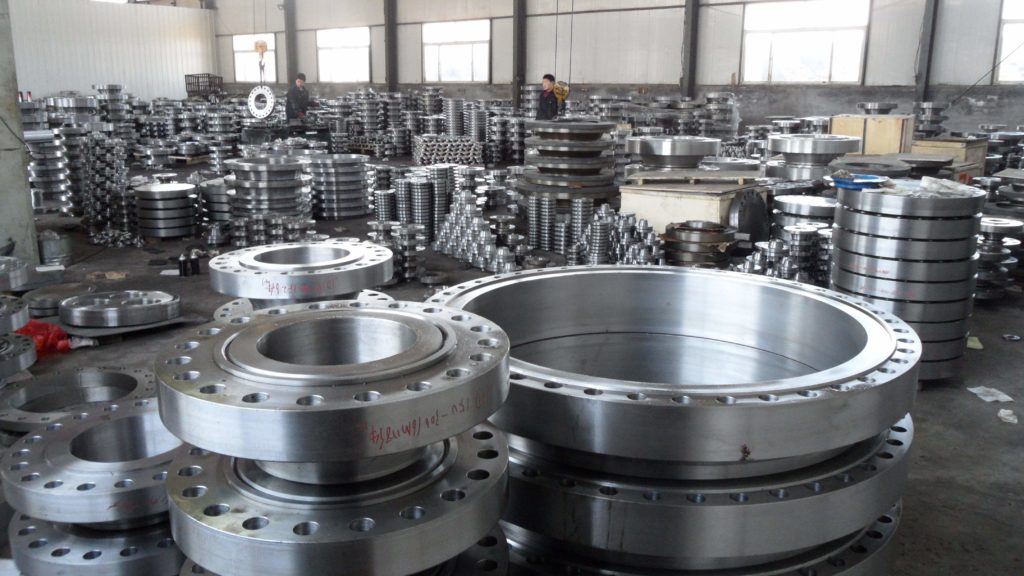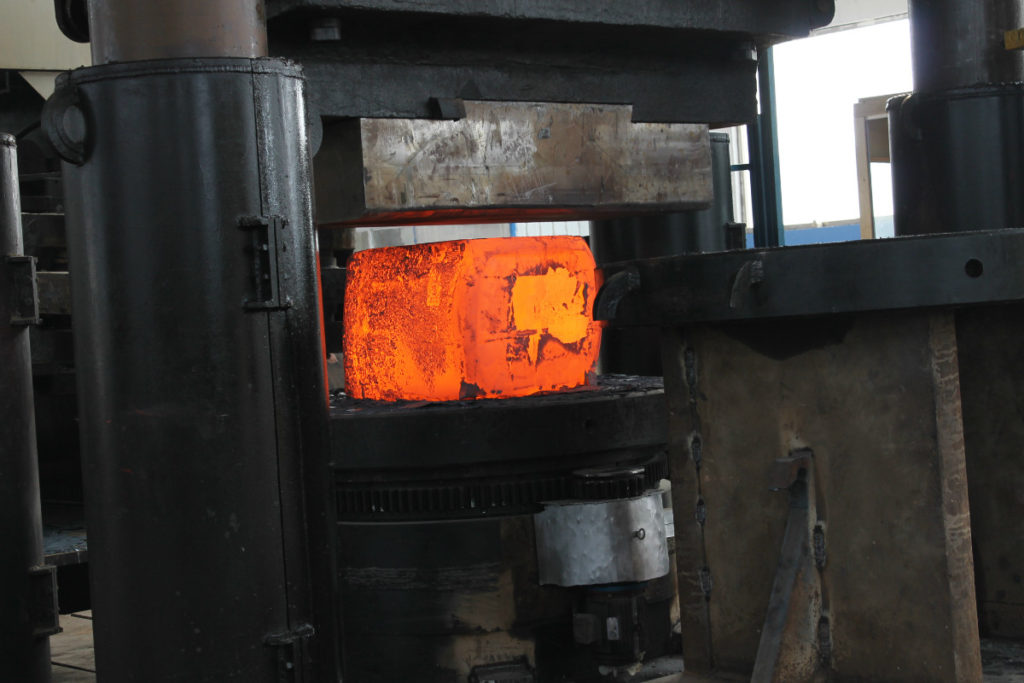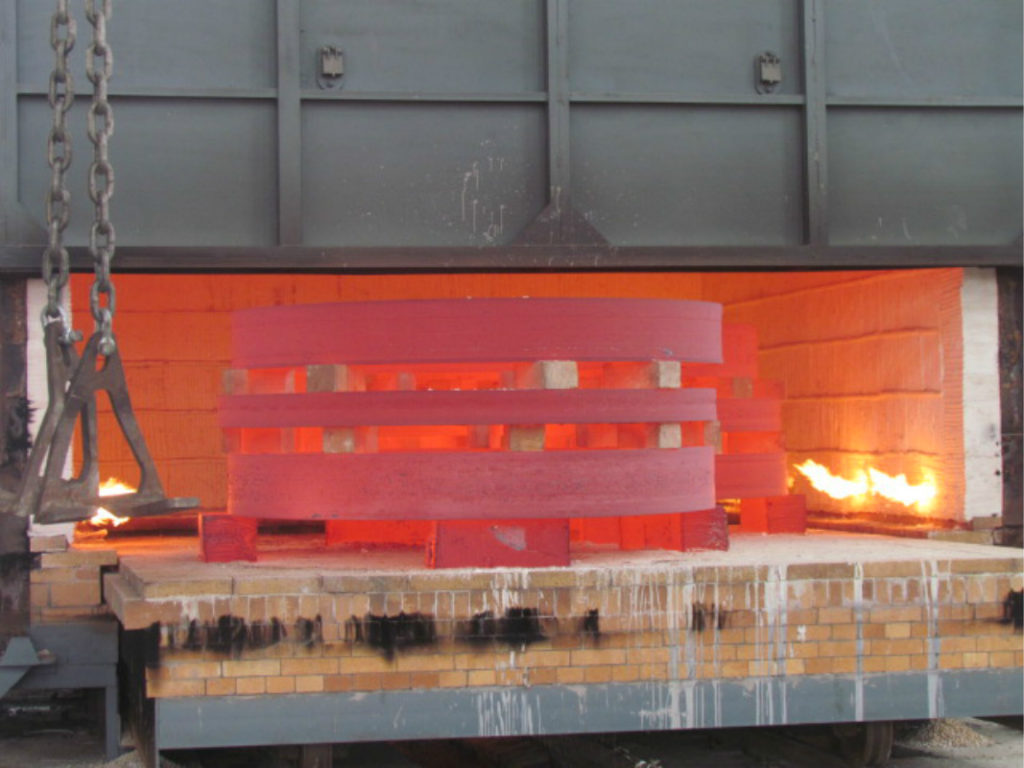Why do forging flanges need heat treatment?
Before we know why do forging flanges need heat treatment, we must first understand what the forgings are. Forging is the use of hand hammer, forging hammer or pressure equipment on the mold on the heating of the metal blank force, so that metal materials under the condition of non-separation plastic deformation, in order to obtain properties, size and performance meet the requirements of parts.

Then why should the forged flange be heat treated after forging? Its main purpose is to refine the coarse grains, eliminate the work hardening and residual stress, reduce the hardness, improve the cutting performance, prevent the white spots in the forging, and ensure the required metal structure and machinery. Performance to prepare for final heat treatment. Now let’s talk about several forms of heat treatment.

1. Normalizing
Forging flanges heat treatment first step: Normalizing.
It is to heat the forgings above the transformation temperature, forming a single austenite structure, after a period of uniform temperature stability, after the blast furnace air cooling, the main purpose is to refine the grain.
Normalizing temperature range is usually between 760 and 950 degrees centigrade, depending on the phase transition point of different component content. Generally, the lower the carbon and alloy content is, the higher the normalizing temperature is, the lower it is.

2. Tempering
Forging flanges heat treatment first step: Tempering.
The main purpose of tempering is to expand hydrogen. It can also stabilize the microstructure after phase transformation, eliminate the transformation stress and reduce the hardness, so that the forgings can be easily processed without deformation.
There are three kinds of tempering temperature, high temperature tempering, medium tempering and low temperature tempering. Among them, the tempering temperature at high temperature is 500 – 600, the tempering temperature at medium temperature is 350 – 490, and the tempering temperature at low temperature is 150 – 250.
The cooling rate after tempering should be slow enough to prevent whitening due to excessive transient stress during cooling and to minimize residual stress in forgings.




